I called this a frightening find, because even though this is a woody, and therefore highly desirable, its condition is kind of scary to me. This 1950 Plymouth woody station wagon is for sale on eBay with no reserve, and with three days to go in the auction as I write this, bidding is only at $910, which tells me that potential buyers are just as worried about the restoration process as I am.
All woodies are cool, and this one is especially cool, as 1950 is the last year that Plymouth offered a wood bodied wagon. The bodies were manufactured for Plymouth by U.S. Body & Forging, now known as Ushco Manufacturing, which had been Plymouth’s sole station wagon body supplier since 1934. With the advent of the far less expensive and easier to maintain metal bodied wagons, Plymouth woody wagon sales were down to just 2,057 units for 1950.
The woody wagon not only cost more to buy, it was an expensive body to maintain. Plymouth recommended the wood work be revarnished every six to eight months when exposed to excessive sunlight or salty air conditions. All woody wagons were Special Deluxe models with more lavish interiors than lesser models.
This woody is for sale in Eustis, Florida, and has evidently spent either all or most of its active life in that humid state, and after being retired from use in 1969, it seems to have been stored in rather poor conditions.
Not only is the wood mostly rotted away, but there is extensive rust in the body quite evident. The seller does show pictures of the car both as found and after clean up, which thankfully has gotten rid of the cobwebs in the interior and allows us to at least see what is there, or not, as the case may be.
While there are no pictures of the underside of the car, the ad provides links to two YouTube videos, which demonstrate fairly well the extent of body rot in this car.
Doubtless a skilled restorer will be able to put this car back together, but the combination of body rust, floor and rocker rust through, and rotted wood means that there is a good chance this car’s body will simply fall apart at some point in the restoration process.
The restoration of this car defines the word “daunting.” And yes, if and when it is restored, it will be worth a lot of money but unless you are an extremely talented, skilled and experienced builder, with wood skills to boot, I don’t think the cost of restoration will ever be recouped.
While woody cars of any kind are extremely valuable these days, and this is doubtless a rare one, there are many out there in better condition.
So what will happen to this car? Do you think it’s a viable restoration candidate or will this end up being a parts car for someone else’s project? Am I wrong about the extent of work that will be needed to rescue this car? I do love wagons, woodies are way cool, and I have a soft spot in my heart for Mopar cars of this era, but this one is way too scary (and expensive) for me to even consider as a project.


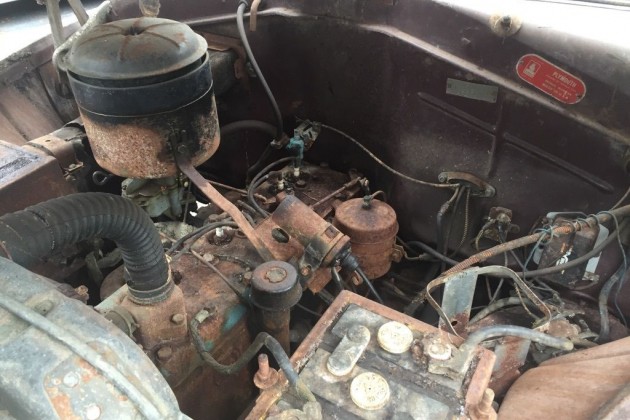

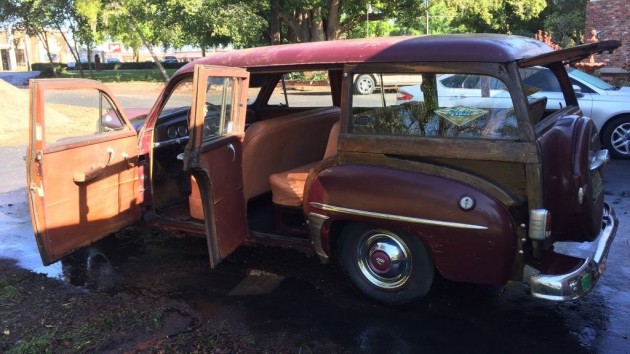
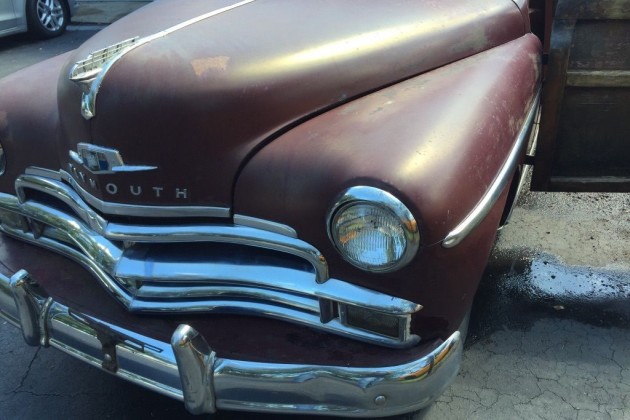

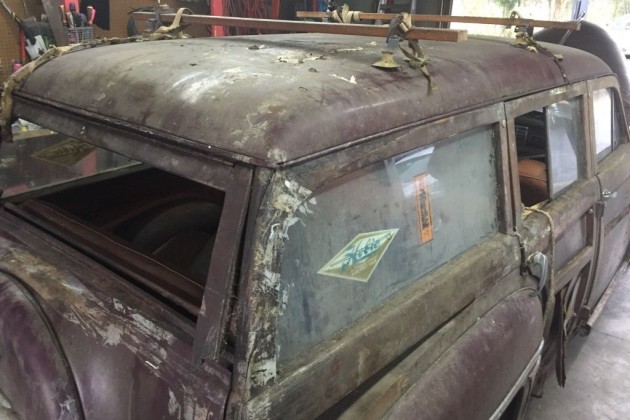
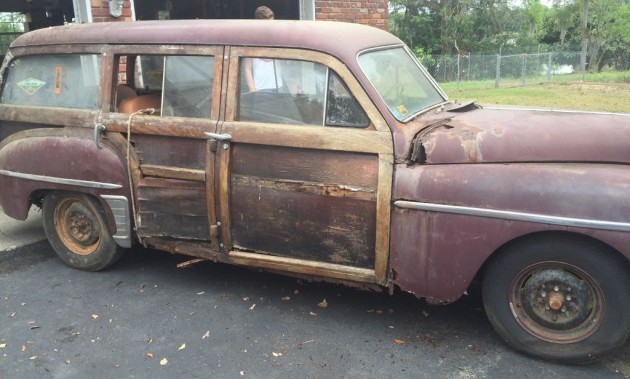


As was said in the right up just over 2000 were made, so of the Plymouths you’d have to wonder how many are left. If I had the room and the money I would love to do this restoration as it will involve at least four trade skills, and you would have to have a bit of an archeologist in you as well. The disassemble would be slow and calculated with a lot of itemizing. There are still guys out there that have enough skill to pull this off on their own I’d like to think I’m one of them, it would be a labour of love and would probably take 10 years of your free time. What a great car you would have at the end of that journey and maybe some young peaple could join in and learn along the way.
Just addressing the wood problem…….the current wood on the car could at least be used as patterns for the new wood, what there is left. I would think that the metal portions of the body might not be in much better shape. This would be a huge labor of love and a bit of cash too. I lost total interest when I saw the car does not have a cigar lighter or a radio, a real deal breaker for me.
As long as you have the money….and lots of it……….anything can be restored. Whether it’s worth doing is another thing. The National Woodie Club can help a new owner immensely; some of the best folks in the old car hobby; hands down.
http://www.nationalwoodieclub.com/
This would be so cool.
It just takes determination.
I’d want to install an early Hemi.
What’s the first dual quad Hemi?
Make it look like it came that way.
I do NOT agree at all. If restored, leave it original!
First Dual Quad Hemi was the 1955 Chrysler 300 [assuming you were referring to a Mopar hemi] And the Tatra 603 had dual carbs on it’s air-cooled V8 engine too.
All woodies left untouched are a mess. Cantrell also made wood bodies for Chrysler/Dodge too.
A car that needed Ziebart rustproofing and a Teminex termite treatment when new!
RH side looks much scarier than the LH side. This is what FL humidity can do to metal and wood. Wonder if anyone makes a “wood kit” for it?
Were I to have a winning lottery ticket this would be mine in a short minute. It is totally worth restoring and I hope someone will take it on. Super cool car, and rare as heck to boot.
Try and find another one – and good luck!
Very cool.
If you want to destroy a car, just take it to Florida and let it sit. The air there is unbelievably corrosive.
I’d like to see it restored, but it’s doubtful. Woodies have peaked, and this is just sooooo needy………
We have built over ten bodies for these cars in the last few years. And we have restored them in worse condition than this. Look us up on face book to go t qwww.americanautomotivewoodworking.com
American Automotive Woodworking